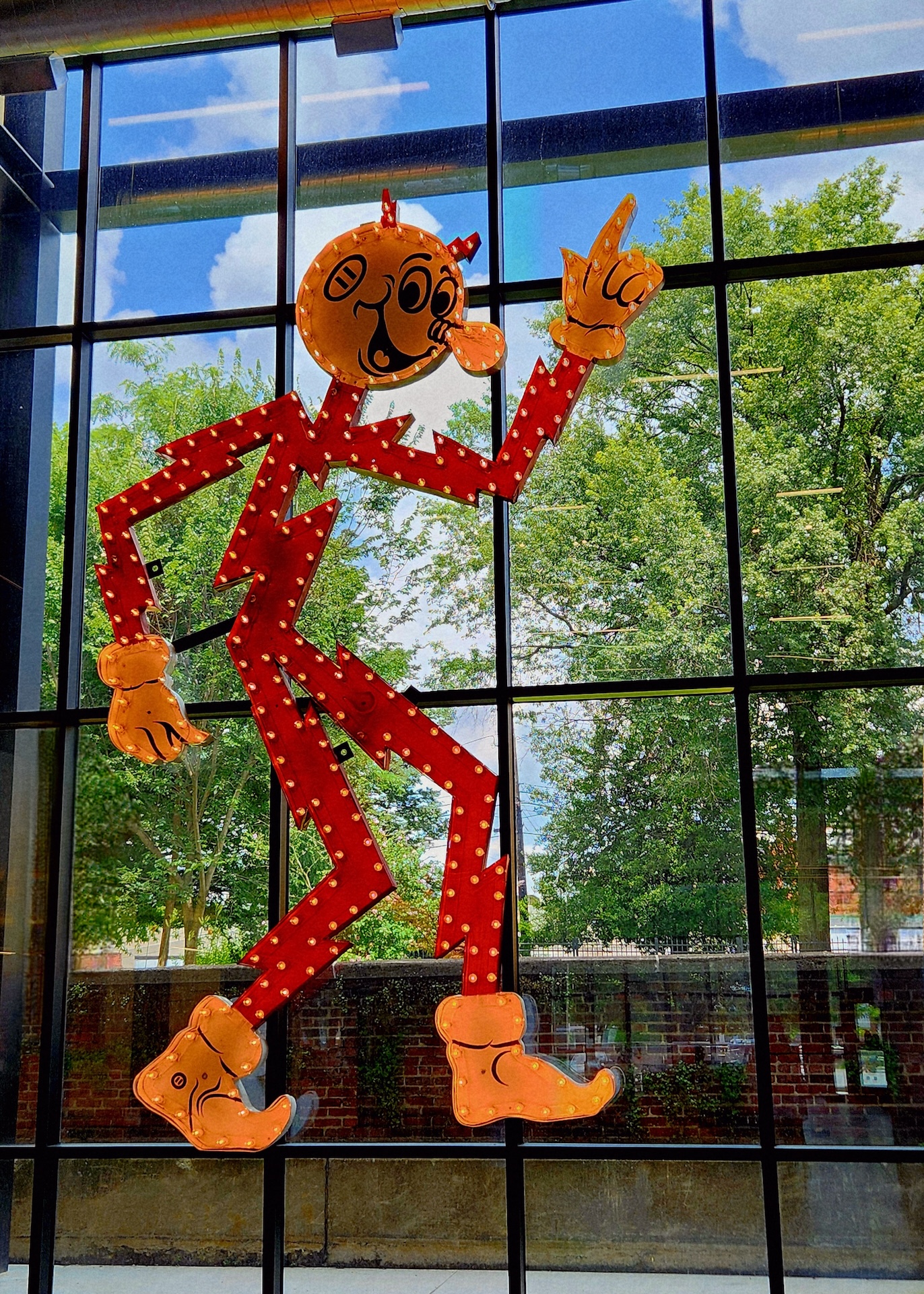
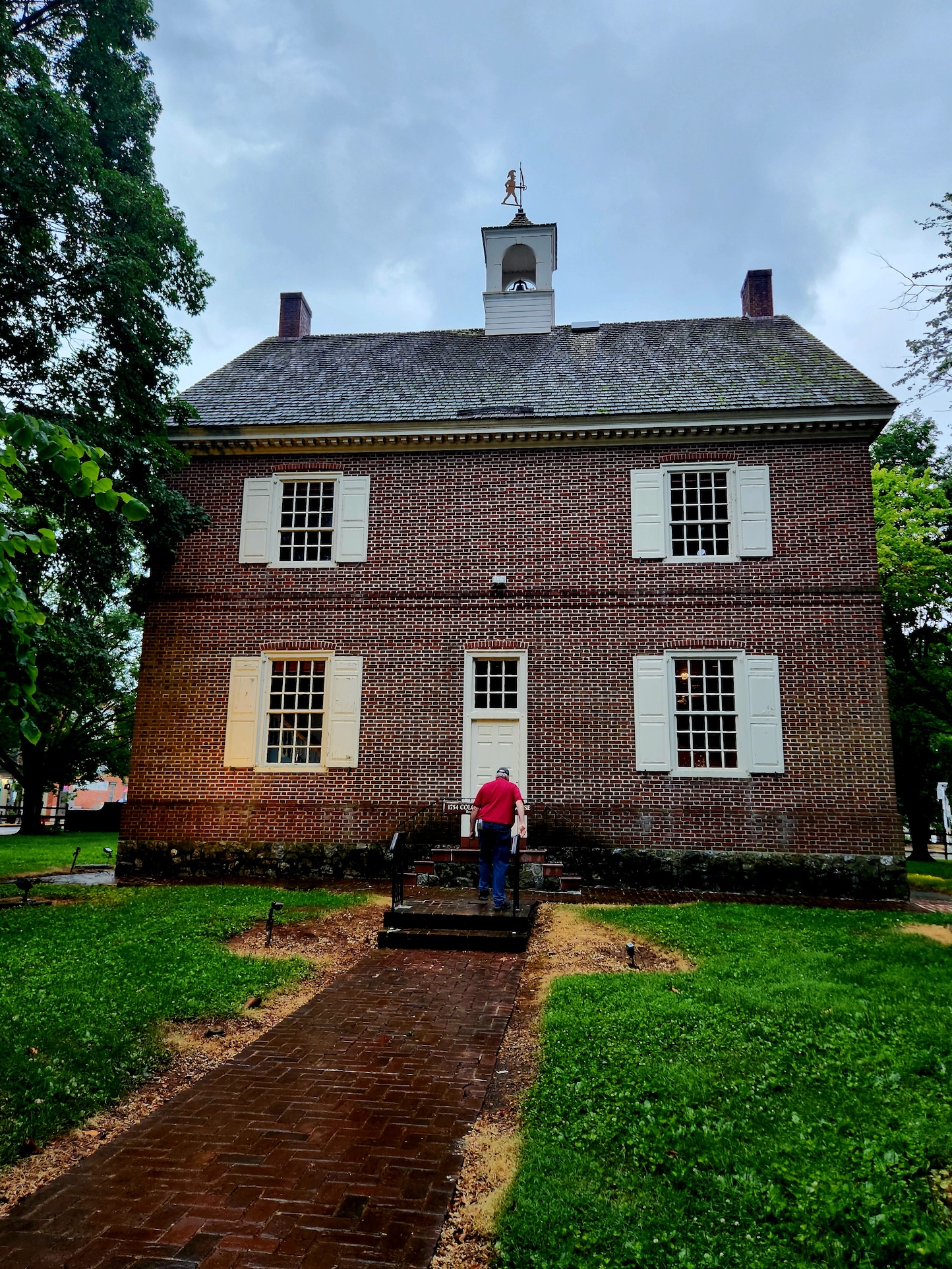
Right in the heart of downtown, the York County History Center Museum and its nearby Colonial Complex offer a powerful, immersive look at early American life, the Revolutionary War, and how this unassuming town briefly became the capital of the fledgling United States. If you want to understand the roots of American resilience—how we came together as a nation before the ink was even dry on our name—then put York, Pennsylvania, on your travel list.

It’s the kind of place where you don’t just read about history—you walk through it. If you’re like me, you may walk away with goosebumps--and a whole new perspective.
Start your journey at the York County History Center, located in a beautifully repurposed steam plant on West Philadelphia Street. This modern, light-filled facility is the central hub for exploring the city’s deep historical roots—and it’s where you’ll join your guided tour of the Colonial Complex, just a short walk away.
Inside the History Center, the Foundations of York exhibit guides you through the region’s story, from its Susquehannock homeland to its role as a colonial crossroads (it even features a Conestoga wagon), and its rise as an industrial and cultural center.
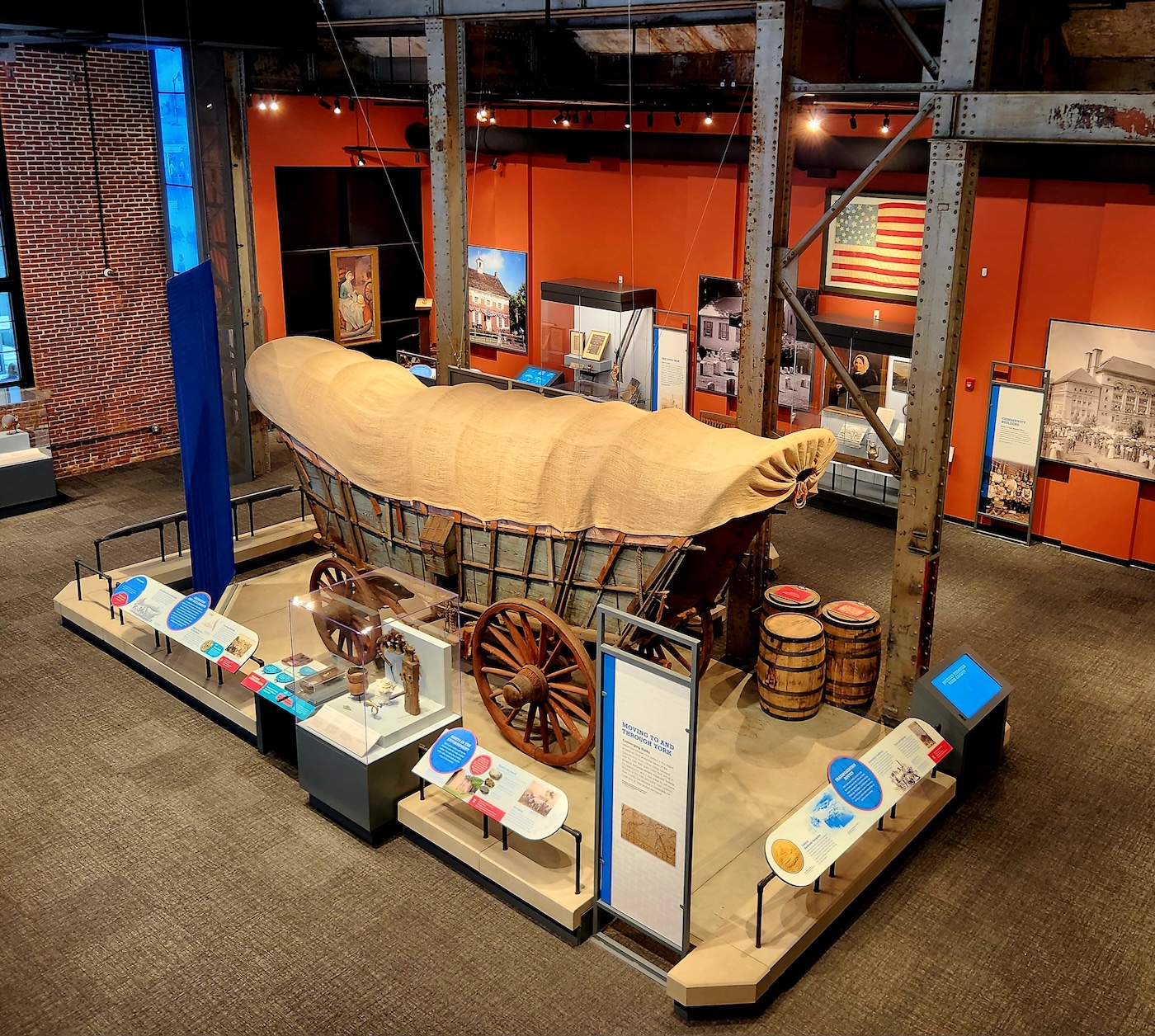
The Susquehanna River, the longest river flowing through East Coast states, played a significant part in York’s history. Natives who inhabited the lower river’s watershed were the Iroquoian people, known as Susquehannock. This name means “people of the muddy river”. The river’s strategic placement was the reason Congress moved from Lancaster to York after only one day. It was used as a liquid barricade between the enemy and Congress in 1777.
Exhibits are accessible, thoughtfully curated, and filled with interactive features—everything from early trade tools and textiles to wartime letters and immigration records. There’s even a replica printing press like those used to circulate revolutionary news.
One of the most magnificent items on display was the Tannenberg Organ. The 627-pipe organ was built in 1804 for Christ Lutheran Church, one of forty-five organs constructed by David Tannenberg. The cost of the organ was 355 pounds of Pennsylvania Currency. Sadly, the builder suffered a stroke, causing him to fall from the scaffolding while installing this organ, strike his head, and die. The organ was first played at his funeral.
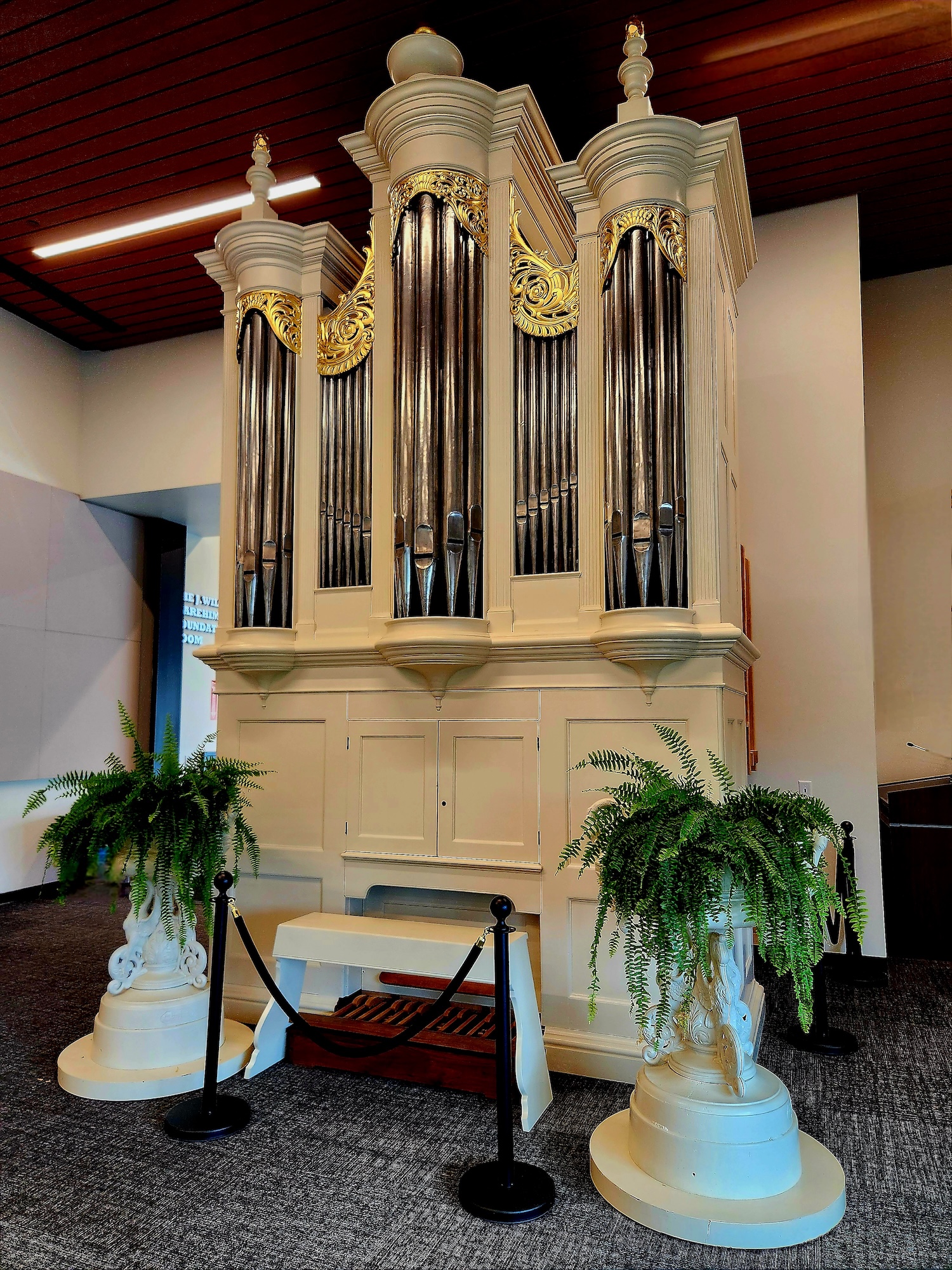
The Pullman car—an automobile, not a train—intrigued us because it was “Tailored for Her Majesty the American Woman.” In 1916, cars still had cranks to start them and gear shifts. Pullman was concerned that ladies’ dresses could become entangled in those mechanics, and designed the Deluxe Opera Coupe with push-button gear shifts and starting systems. It even had a privacy screen so that a lady could change clothing, presumably before attending the opera.
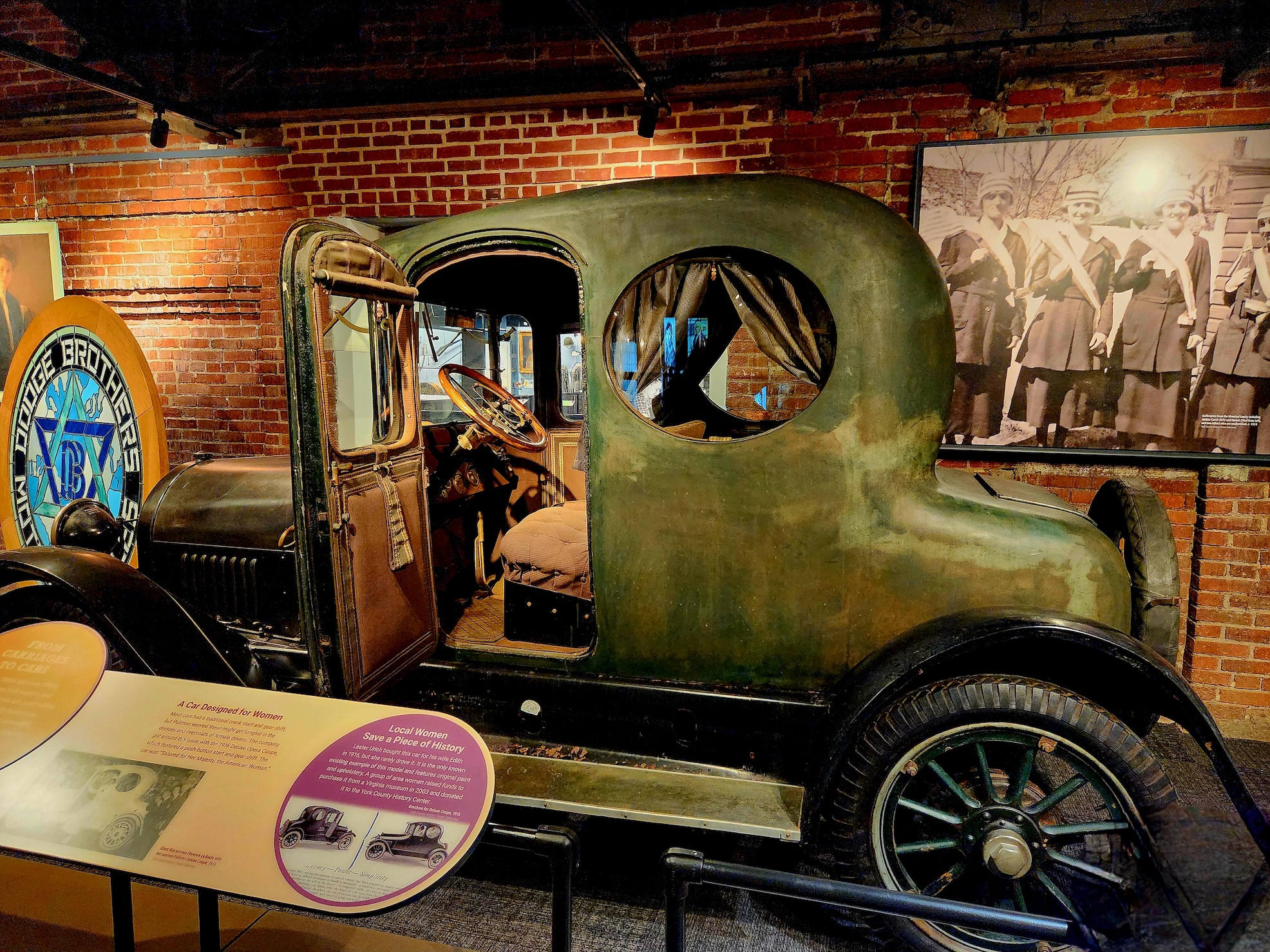
You’ll also find exhibits on labor reform, civil rights movements, and the manufacturing legacy of the area (including York-built Harley-Davidson motorcycles and WWII equipment). The city’s story unfolds room by room, with hands-on activities to keep young visitors and curious adults engaged.
Insider Tip: Don’t miss the Voices of York listening stations—first-person oral histories from residents that reveal personal stories across generations.
When it’s time for your Colonial Complex tour, a guide (sometimes in costume) will walk with you the short distance to the preserved 18th-century buildings that form the heart of York’s Revolutionary legacy.
You’ll begin at York’s oldest existing structure, the Golden Plough Tavern, built in 1741 by Martin Eichelberger for his family’s home. This half-timbered building, with its clay brick walls and low-beamed ceilings, served as a central meeting place for travelers on the Monocracy Trail and townsfolk alike. The trail was a 1700s Native American trading path that extended into Maryland. Here, guests traded gossip, meals, and strong drink beside the fire—perhaps even some spirited political debate.
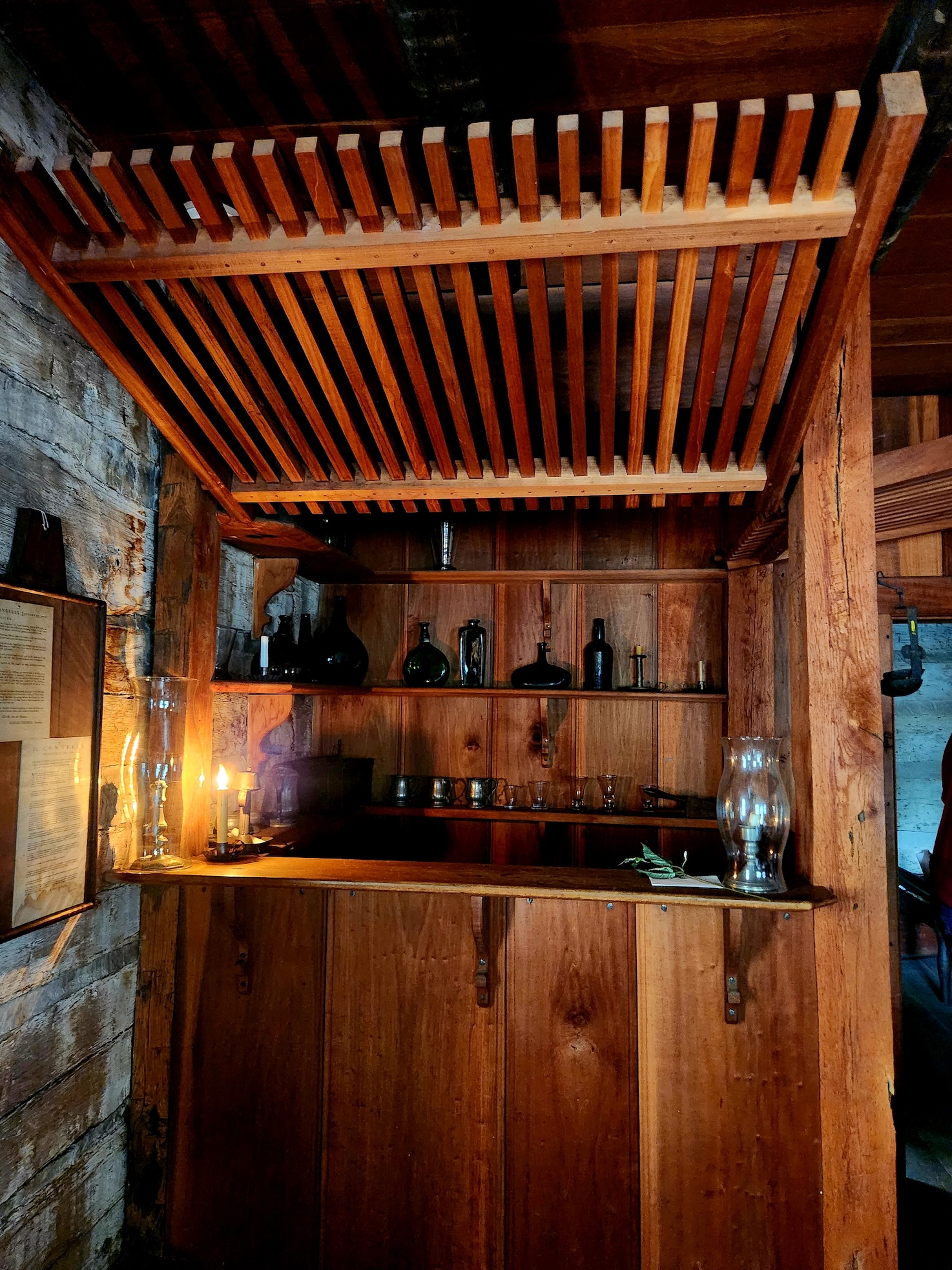
The term bar and grill comes from the way tavern owners locked up at night by pulling a grill down over the bar’s opening, since many customers also availed themselves of the lodging offered at the tavern.
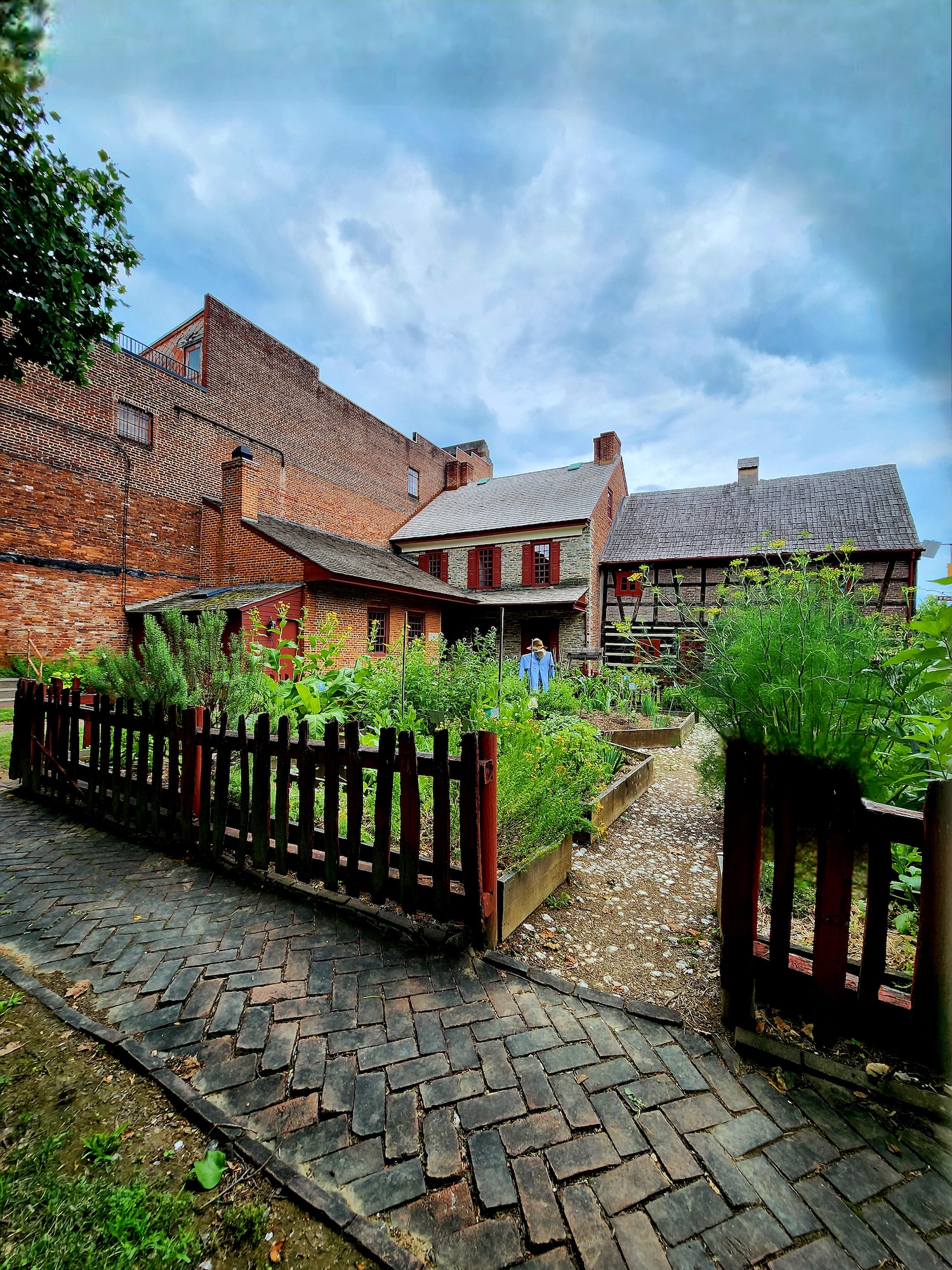
Next door is the elegant Horatio Gates House, where the Continental Army general lived while Congress was headquartered in York. Walking through its well-appointed rooms, you can almost hear the scratch of quill on parchment or the rustle of military maps being unfurled.
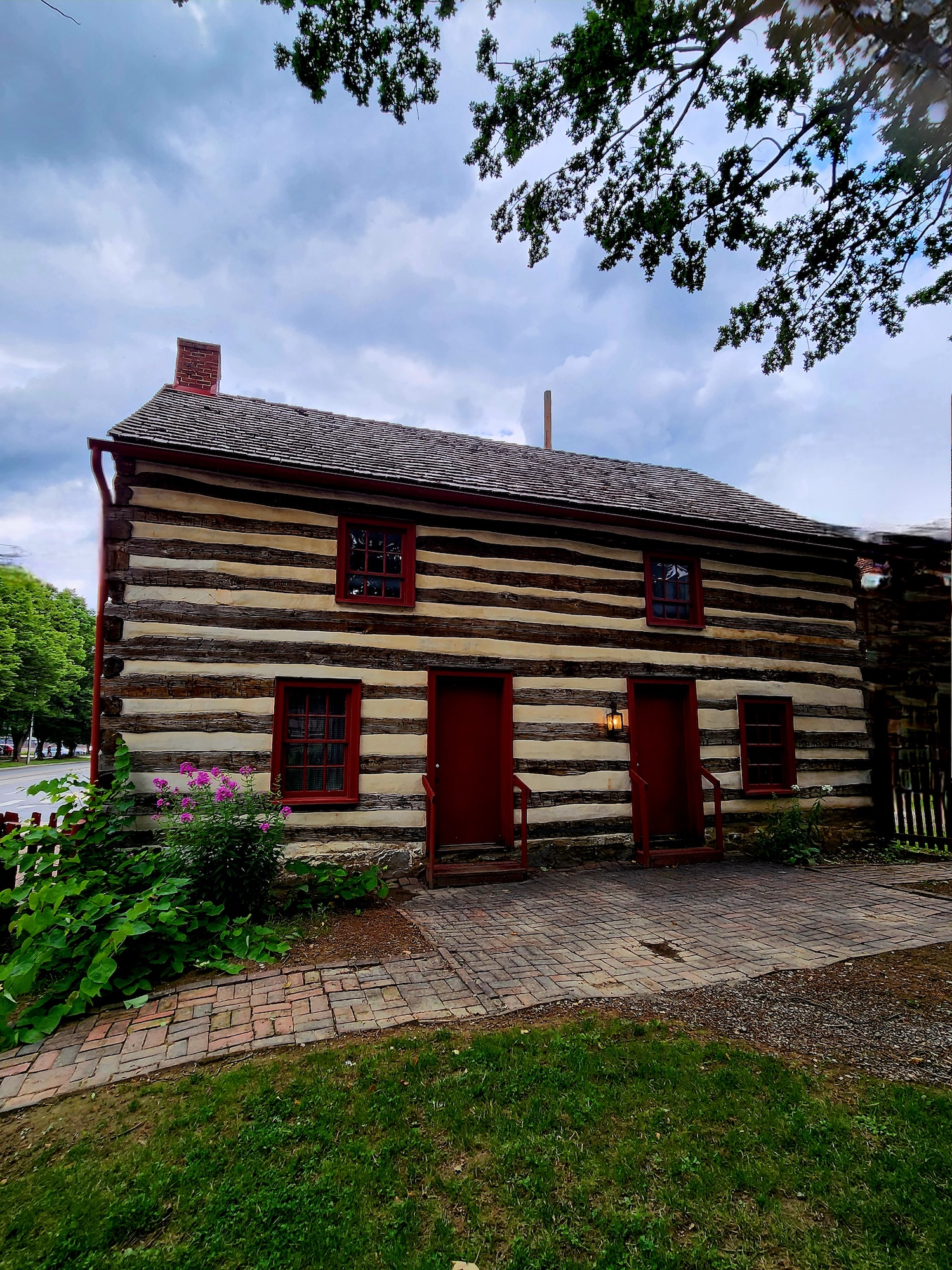
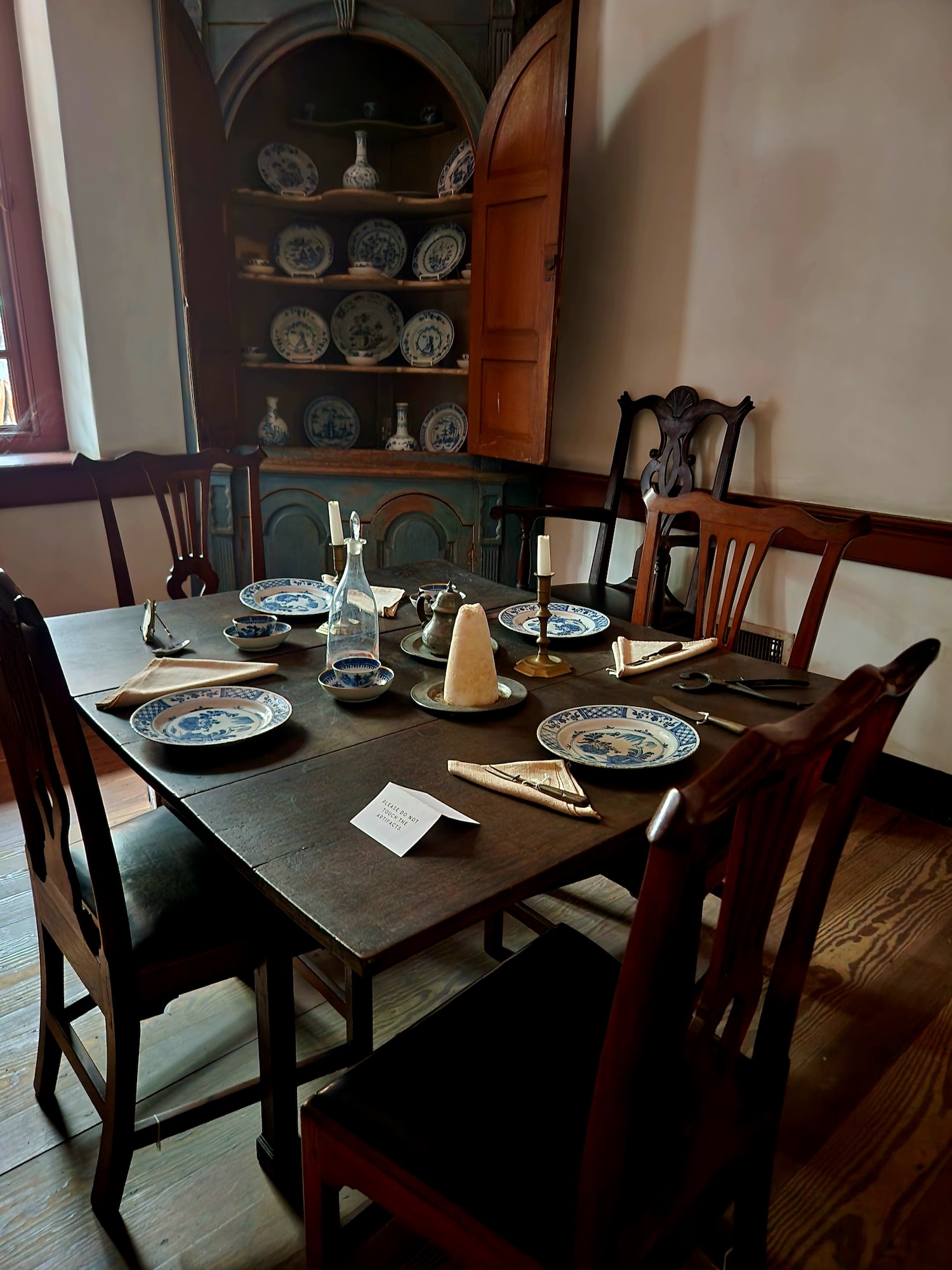
The highlight of the complex is the replica of the Colonial Courthouse. On this site, the Second Continental Congress adopted the Articles of Confederation in November 1777, formally penning the words “United States of America” for the first time. For nine months, while British forces occupied Philadelphia, York served as the seat of American government. It’s an extraordinary story told in an unassuming town, and when you are standing in that room, it feels powerful.
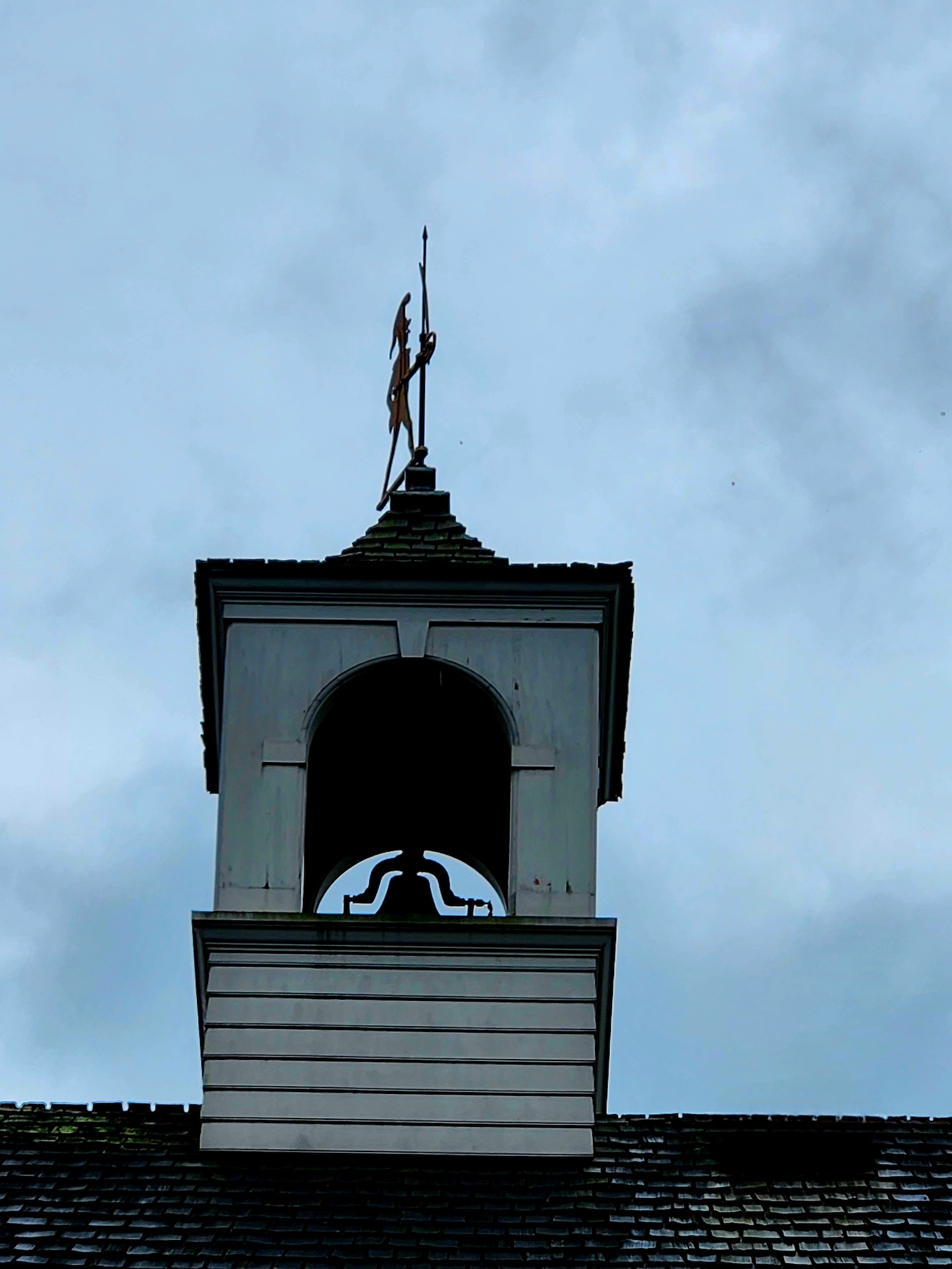
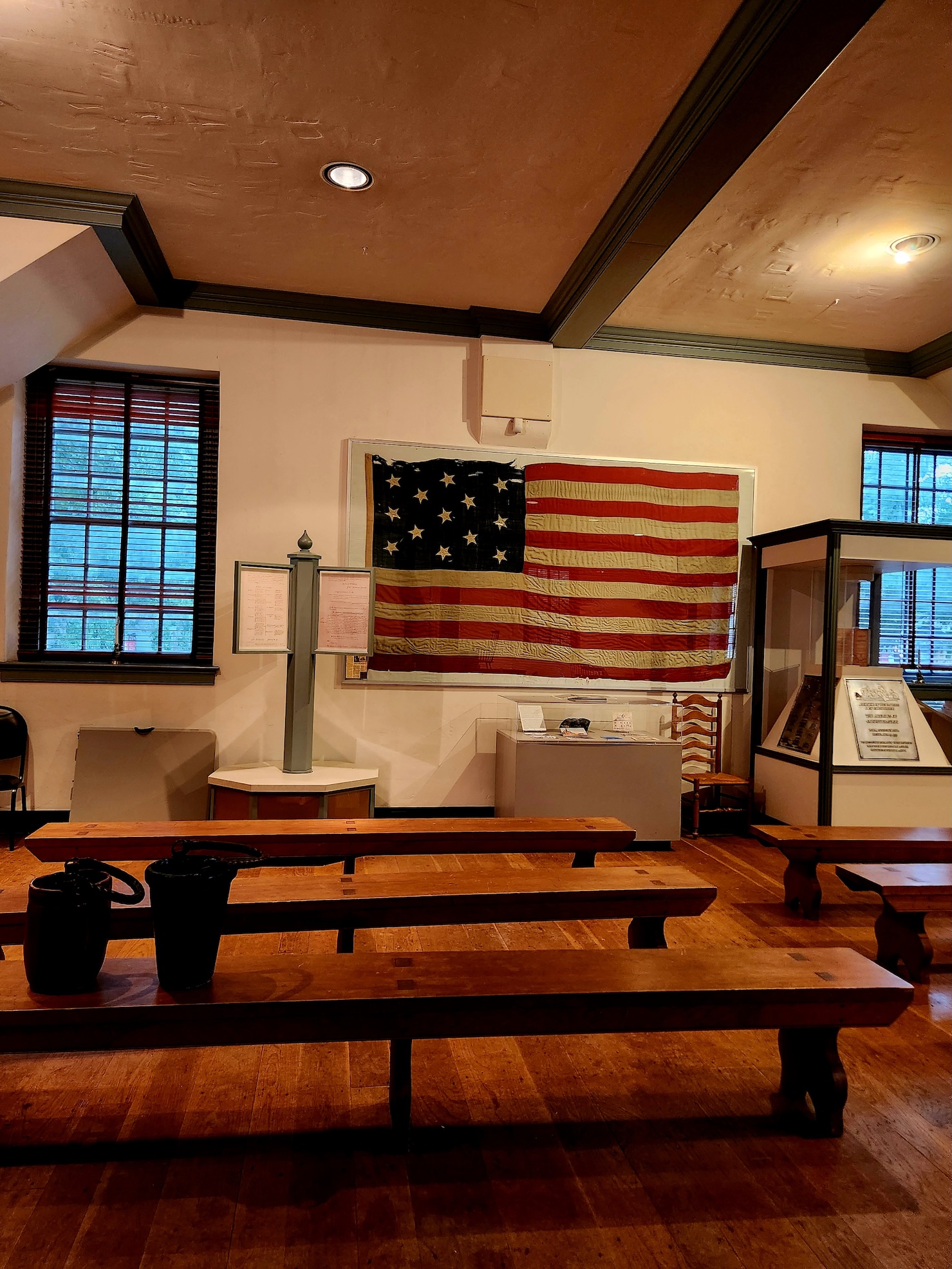
Insider Tip: Ask your guide about John Adams, Horatio Gates, and the town elder who marched off in a top hat and tails, armed with a flintlock, to defend York from rebel troops. The Colonial Complex is closed on Sunday and Monday.
The York County History Center and its Colonial Complex offer a unique museum experience, combining traditional exhibitions with on-site architectural history. Visitors get both the context and the physical places where national events unfolded.
Whether you’re a casual museum-goer or a lifelong history buff, it’s a rare opportunity to step inside the story of America’s founding—and do it in one of the places where that story was written.
Accessibility Notes: The History Center is fully accessible to individuals with disabilities. The Colonial Complex includes older buildings with a few uneven surfaces, but the staff are happy to assist. Guided tours are small and personalized, and photography is welcome in most areas.
If time allows, stop by the nearby Agricultural and Industrial Museum, also operated by the History Center, which is open from 10 a.m. to 4 p.m., Thursday through Saturday. This museum showcases the period when York was a thriving industrial powerhouse. Over the last 300 years, various forms of transportation were manufactured in York, and examples are on display. You can also learn about York County’s contributions to farming and industry. The museum, housed in a former factory, features two floors of exhibits. It’s family-friendly, hands-on, and ideal for anyone interested in how early Americans made things.
There is also a Fire Museum, which is open only on Saturdays from 10 a.m. to 4 p.m., from April through November. It is located in the historic 1903 Royal Fire House, and holds equipment collected from more than 225 years of fighting fires. I raised Dalmatians many years ago, so I’m really disappointed to have missed this. But it does give me something to look forward to on another visit.
When your feet are tired and your brain is buzzing from centuries of history, York offers some excellent spots to relax and refuel. First stop? The local brewery, of course.
Collusion Tapworks – 105 S. Howard Street
Collusion is a funky craft brewery set in the heart of Mural Park. They are known for creative small-batch beers, IPAs, and sours. The place is casual, with occasional food trucks and live music. Not a beer fan? No problem—they also serve local wines.
Rockfish Public House – 110 N. George Street
Just steps from Central Market, Rockfish serves fresh, sustainable seafood in a laid-back, brick-walled space. Standouts include juicy Chesapeake oysters and spiced rockfish tacos. There are local craft beers on tap and a local-meets-coast menu, making it an excellent spot for a relaxed downtown lunch or dinner.
Victor’s Italian Restaurant – 554 S. Ogontz Street
Housed in a former church, Victor’s offers refined Italian fare and a cozy, romantic vibe. Closed weekends, but worth visiting on a Friday for homemade pasta, seasonal specials, and live jazz. The whipped feta appetizer is a must.
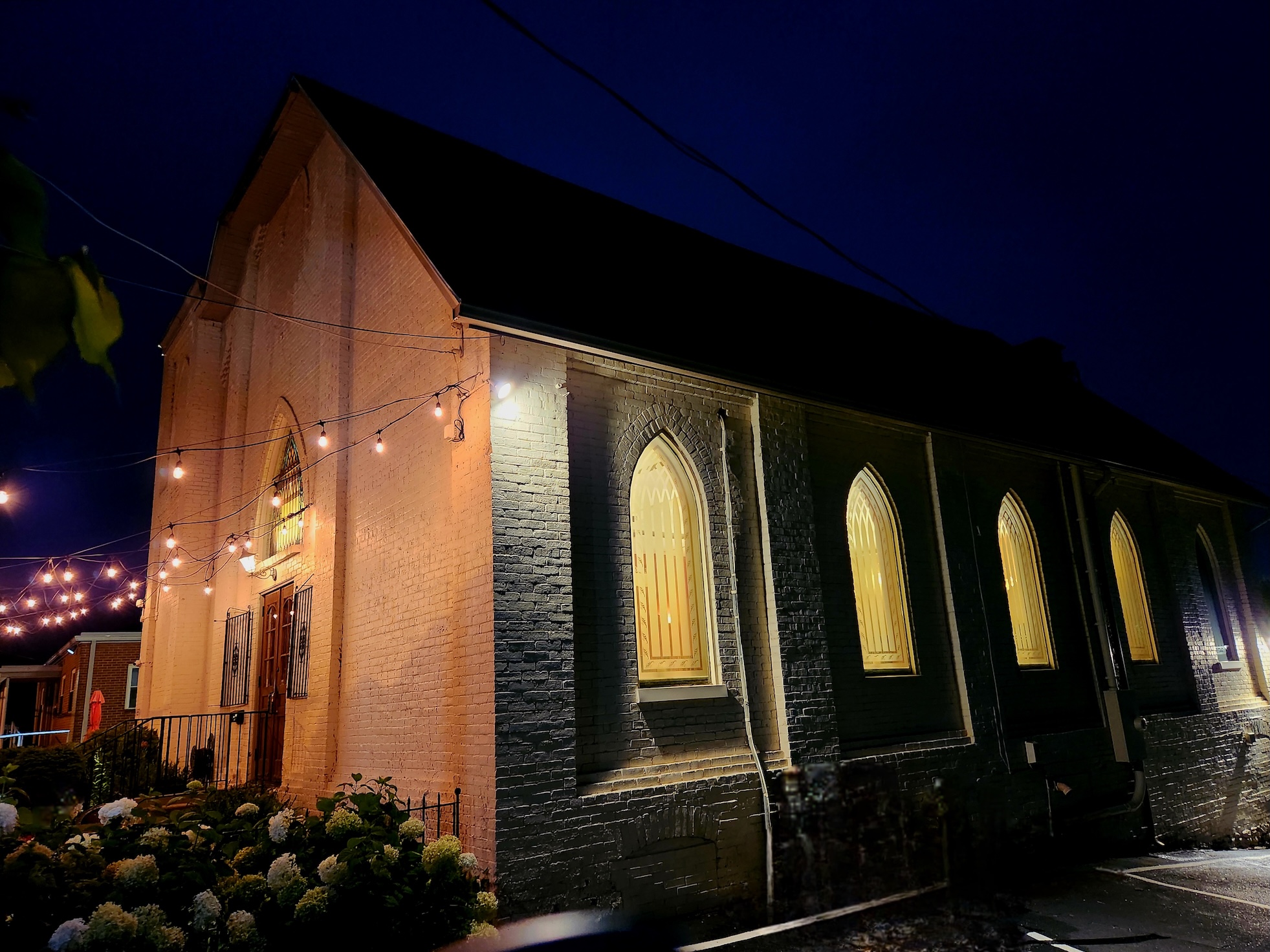
Fig & Barrel Pub – 25 W. Market Street
This warm, whiskey-forward eatery delivers elevated comfort food in a rustic-chic setting. Go for the Fig & Barrel braised short ribs or artisan flatbreads, and don’t skip the cocktails—especially the Smoked Pineapple Margarita. Bonus: live jazz on Thursdays adds to the ambiance.
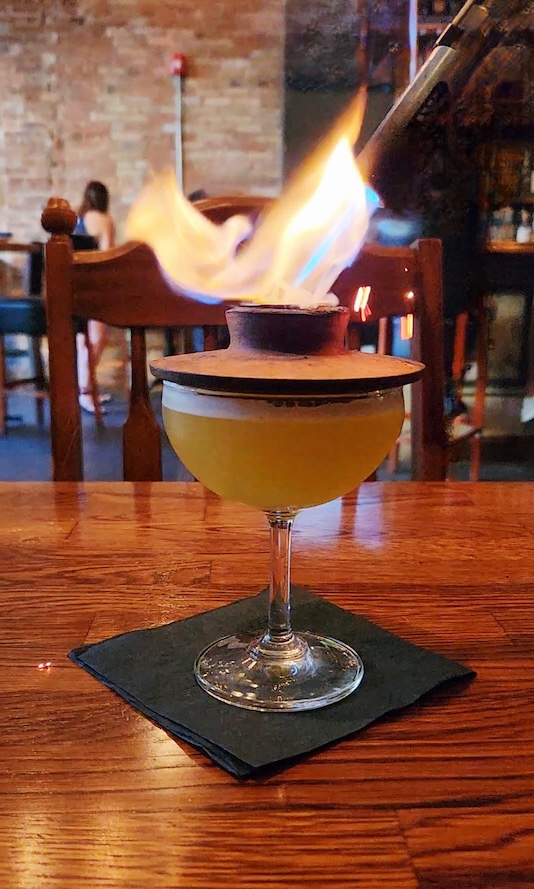
No matter what you eat for breakfast, you have numerous options for where to find it. These were some of our favorite spots.
Gather 256 – 256 West Philadelphia Street
This cozy café is where locals linger. With exposed brick, great coffee, and a menu of breakfast sandwiches, pastries, and quiches, Gather 256 blends neighborhood warmth with elevated flavor. It’s the perfect quiet start before a day of exploring York’s historic sites. Arrive late, they’re open right through lunch hour.
Central Market – 34 West Philadelphia Street
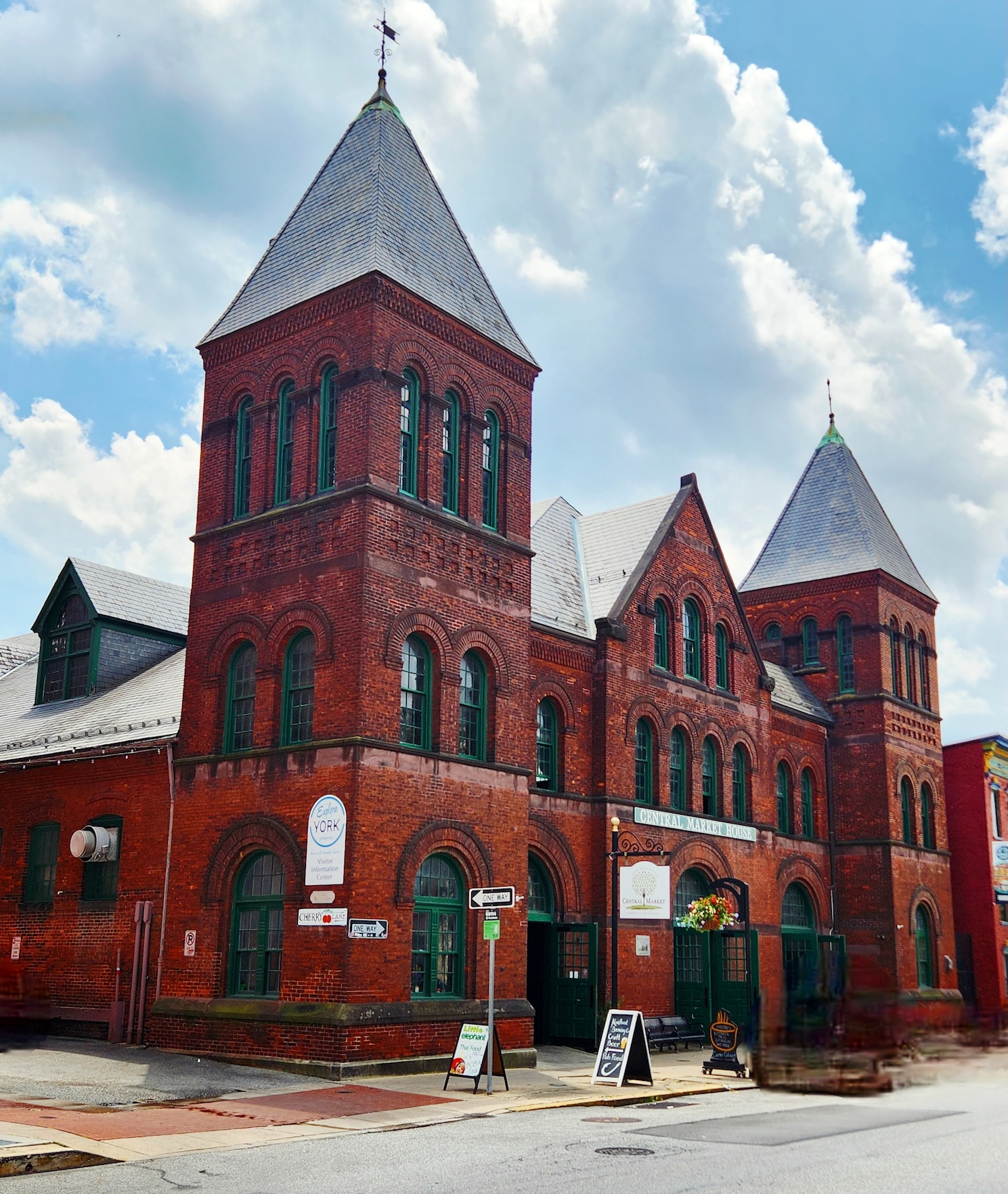
Start your morning where community members gather. Housed in an 1888 red-brick gem, the Central Market House houses fifty local vendors who serve a diverse range of items, from breakfast burritos and smoothies to fresh-baked pastries and coffee. Grab a bite, soak in the atmosphere, and browse like a local.
After a full day of museums, tours, and local bites, the century-old Yorktowne Hotel offers the perfect respite. This Hilton Tapestry property is a beautifully restored Art Deco landmark, blending historic charm with modern comfort right in the heart of downtown.
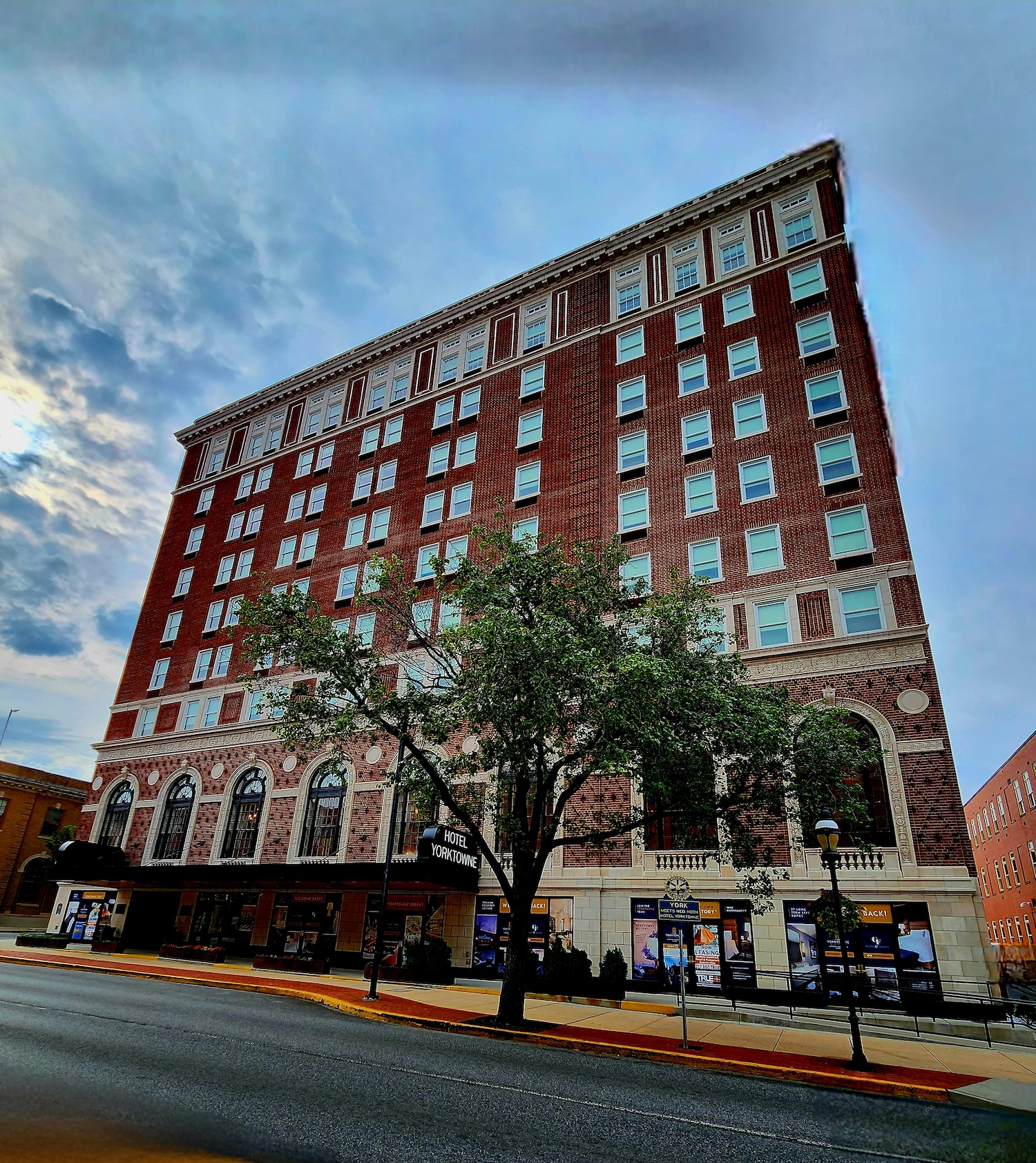
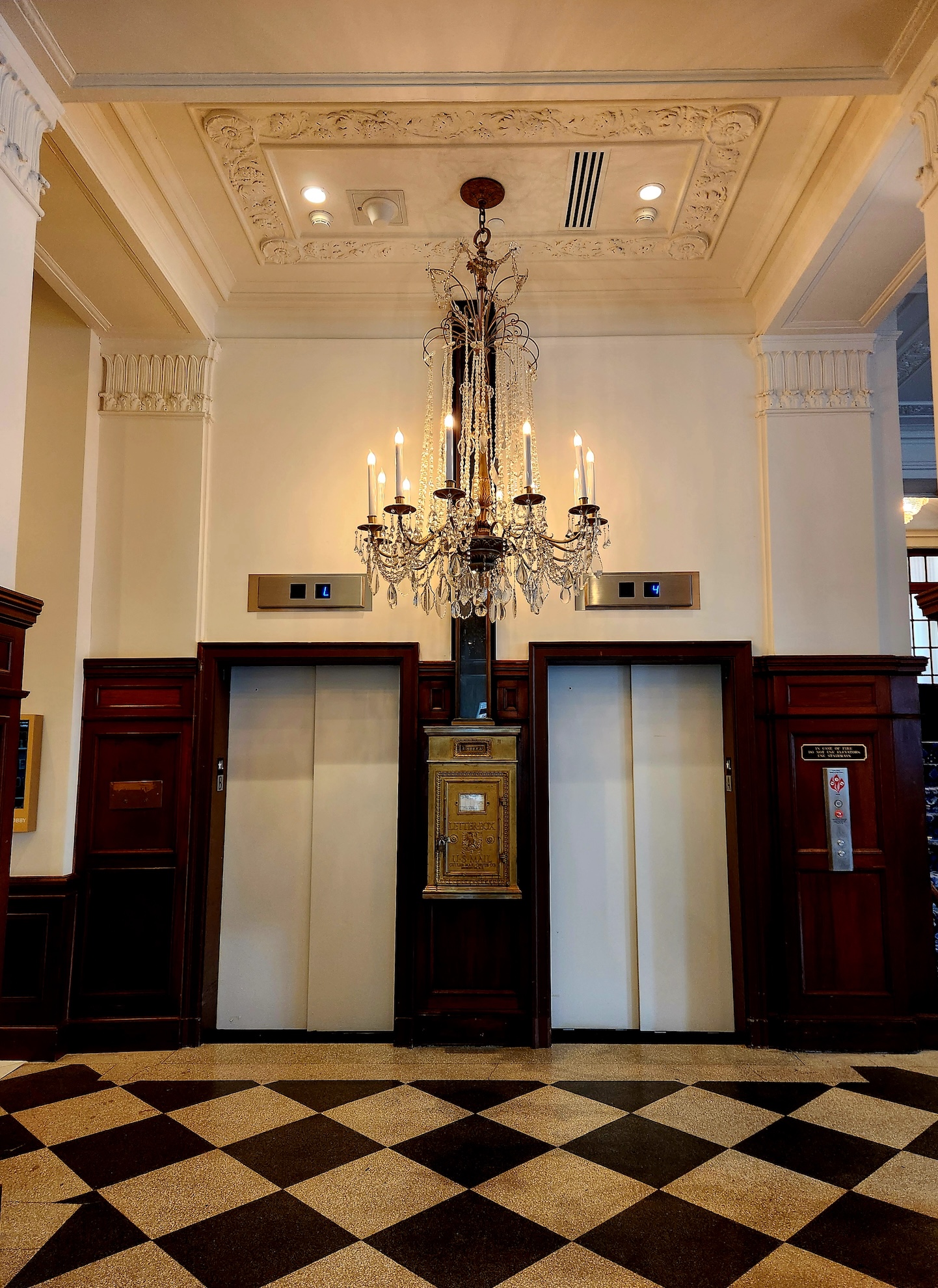
Elegant details—like original chandeliers, period-inspired décor, and locally curated art are unexpected eye-candy. Unwind with a cocktail at The Graham Rooftop Lounge or sink into plush bedding and enjoy the night skyline view from your room.
In the morning, head downstairs for a made-to-order breakfast. It’s a stay that wraps you in quiet luxury—with a strong sense of place.
York may not boast the name recognition of Philadelphia or Boston, but its impact on American history is clear. First, serving as the Revolutionary capital, then shaping the country’s first governing documents, this town played a vital role in our nation’s story.
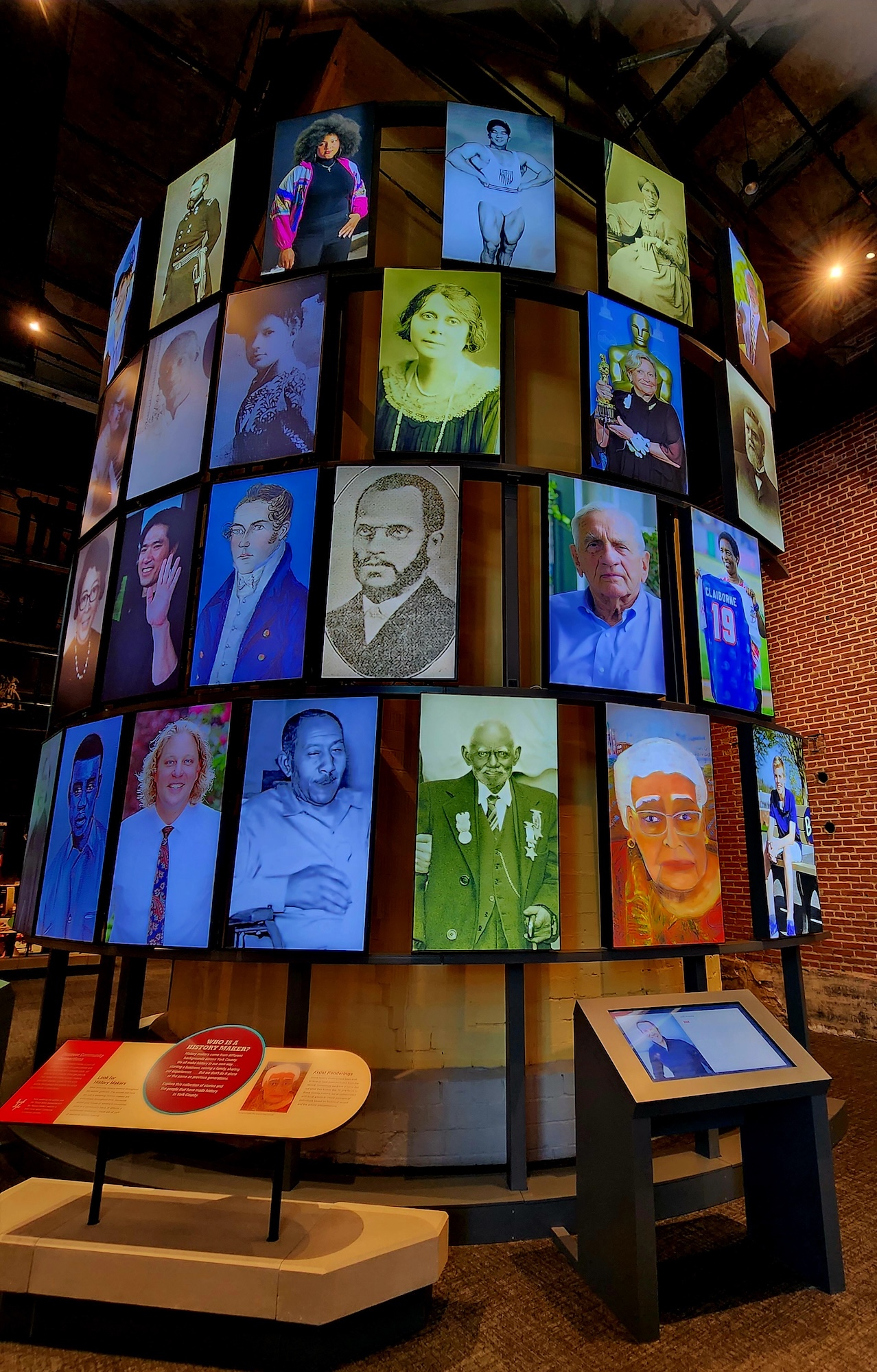
The York County History Center and Colonial Complex bring that story to life through preserved buildings, immersive exhibits, and the voices of the people who lived it. If you’re coming for the architecture, or the artifacts, when you stand where history happened, you will be glad you came to York.
So bring your walking shoes. Bring your curiosity. And if you’re anything like me, bring your camera—you’re going to want to remember this one.
* * *

Jo Clark is a travel writer, photographer, and podcaster. She calls the Grand Strand of South Carolina home, but enjoys visiting little-known corners of the globe in search of unique spots to share with her readers. It might be a café, winery, safari lodge, museum, or quaint bed and breakfast inn.
You can find links to all her articles on Have Glass, Will Travel, follow her on Instagram, and click this link to listen in to the monthly Jo Goes Everywhere! podcasts.